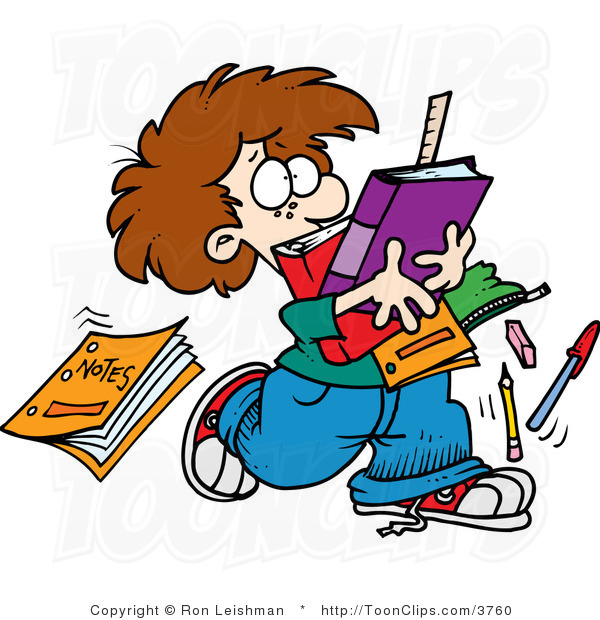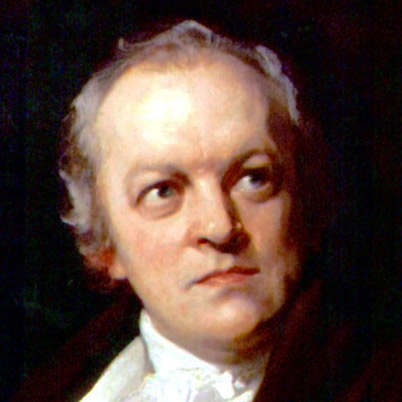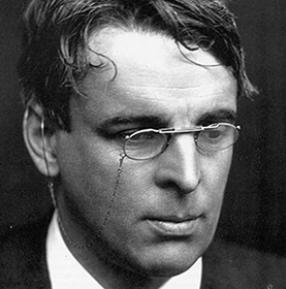To Sleep: Analysis
An address to something as mundane as sleep is an unusual subject matter for poetry. And yet, Wordsworth is able not only to compose a lyrical piece on it but also to hold his readers’ attention to the subject using his inimitable style. When he begins by describing the peaceful, pastoral scene in the first stanza, we are left wondering what exactly is going on.
In the second stanza, we realize that Wordsworth has been describing the work of his imagination. Because he cannot sleep, he tries to relax his mind by conjuring up images of a serene landscape. In the third stanza, we realize that sleeplessness is an experience that the poet goes through often. And perhaps because of that, he respects Sleep greatly. For him, Sleep is not just an abstract thing because he cannot take it for granted like other people. Instead, Sleep is a mysterious figure with whom he constantly wages a battle but against whom he can never hope to win.
Sleep is one who is able to trick him every time. He respects Sleep best expressed in the last stanza when he speaks to Sleep with a word like “Thee” that we only use while speaking to an exalted figure. Moreover, he feminizes Sleep by referring to Sleep as a mother – one who gives birth to the thing that a poet most values, that is, to fresh ideas. He respects Sleep, not because Sleep can easily defeat him in battle but because of the function of Sleep in human life. It separates the darkness of night from the dawning of a new day. Moreover, it rejuvenates man after a hard day’s work.
For the poet, in particular, Sleep is a restorative remedy. It supplies him with new ideas, which he can then work into beautiful verses.
To Sleep: Annotations
Please note: N= noun, V=verb, Adj=Adjective, Adv=Adverb, P=Preposition, Pr=Pronoun
1st stanza:
Flock (N): A number of birds of one kind feeding, resting, or traveling together
Leisurely (Adv): Acting or done at leisure; unhurried or relaxed
Murmuring (N): A low or indistinct continuous sound
Smooth (Adj): Having an even and regular surface; free from perceptible projections, lumps, or indentations
Sheets (N): Plural form of the word “sheet,” that is, a broad moving mass of flames or water
2nd stanza:
Melodies (N): Plural form of the word “melody,” that is, a sequence of single notes that is musically satisfying; a tune
Utter’d (V): Short form of the word “uttered,” which is, in turn, the past tense of the word “utter,” that is, to make (a sound) with one’s voice
Orchard (N): A piece of enclosed land planted with fruit trees
Cuckoo (N): A type of bird that lays its eggs in the nests of other birds and that has a call that sounds like its name
Melancholy (Adj): Causing or expressing sadness; depressing
3rd stanza:
Thus (Adv): In the manner now being indicated or exemplified; in this way
Thee (Pr): An older form of the word “you.”
Stealth (N): Cautious and surreptitious action or movement
Wear (V): Pass (a period of time) in some activity
4th stanza:
Blessed (Adj): Made holy; consecrated
Barrier (N): A fence or other obstacle that prevents movement or access
Joyous (Adj): Full of happiness and joy
To Sleep: Poetic Devices
Rhyme scheme:
Sonnets typically occur in two types of rhyme schemes – in the pattern ABBA ABBA CDE CDE, known as the Petrarchan sonnet, or in the pattern ABAB CDCD EFEF GG, known as the Shakespearian sonnet. In “To Sleep,” neither of these patterns is followed in its entirety. The rhyme scheme of “To Sleep” is as follows: ABBA ABBA CDC DCD. Thus it is an atypical sonnet.
Rhetorical devices:
2nd stanza:
Transposed sentence:
Poets often change the sequence of words in their lines to maintain the rhyme scheme chosen by them for that particular poem. In this stanza, the poet uses the device of the transposed sentence in lines 2 and 3 when he writes “(I)… soon the small birds’ melodies/ Must hear, first uttered from my orchard trees” instead of writing “(I)… must soon hear the small birds’ melodies, first uttered from my orchard trees”, the latter being the more grammatically correct of the two.
3rd stanza:
Apostrophe:
This rhetorical device is used when a poet addresses their poem to an absent audience. In this stanza, the poet uses the device of an apostrophe in line 2 when he speaks directly to Sleep, saying that it has been eluding him for three nights and asking it not to waste another night in the same way.
Personification:
This rhetorical device is used to bestow human qualities on something that is not human. In this stanza, the poet uses the device of personification with respect to “Sleep.” He capitalizes the “s” in “Sleep” and imagines it to be a human figure that he can converse with.
4th stanza:
Personification:
In this stanza, the poet continues to use the device of personification with respect to “Sleep.” He imagines it to be a mother, giving birth as it does to new thoughts and providing refreshment to one’s health as and when required.
To Sleep: Central Idea
The poet is often unable to sleep at night. Though he imagines serene and idyllic images in his mind, sleep does not come to him. Many nights are wasted like this. So he appeals to Sleep to not elude him any longer since Sleep is the thing that refreshes human minds and gives them a chance to start over with each new day that dawns.
To Sleep: Themes
Memory:
It is well-known that memory is an important theme in the work of Wordsworth. He draws on memory to produce his poems. That is exactly what he does in the first and second stanzas of this poem. As we know, Wordsworth was a lover of Nature, and as he says in poems like “The Daffodils,” he often reflects on his memories of the countryside when he is in the city. In this poem, as he lies sleepless in the city, he imagines his memories of a pastoral scene coming to life. Usually, his memories of the countryside make him calm and reflective, and this is what he hopes will happen now as well. Only if he is in a peaceful state of mind will he be able to fall asleep. In addition to this, the reference to the cuckoo in the second stanza is also associated with memory. In Anglo-Saxon poetry, the cuckoo was a symbol of the glorious past that had been lost, and its cry was thought to bring back memories for the sailors when they were on voyages off the coast of the British Isles.
Subjective element:
Romantic Age was the first period of English literature in which poets chose to focus on inward, subjective, and psychological themes rather than public and impersonal themes. Most Romantic poets focused on the thoughts of their own minds or their characters’ minds as the subject matter of their poetry. This is best expressed in Wordsworth’s poetry. Here too, the poet does not hesitate to reveal himself as an insomniac. However, his treatment of his own sleeplessness is not as pathological as it would be in confessional poetry, which is a much more modern genre than Romanticism.
To Sleep: Tone
The tone of this poem changes from every stanza to the next. The tone in the first and second stanza is somewhat similar and is predominantly serene and peaceful. However, when we move to the third stanza, the tone is one of desperation as the poet reveals that every night without sleep is a night wasted as far as he is concerned. Finally, in the last stanza, the tone is predominantly one of reverence, as the poet says that Sleep is most important for refreshing the human mind.
“To Sleep” is very typical of Wordsworth’s style in its description of the natural world. The idyllic scenery that the poet constructs is bound to delight readers. The autobiographical account of his insomnia is relatable to some readers and certainly brings forth sympathy in those who cannot relate. You can also refer to our To Sleep: Summary here.
Some online learning platforms provide certifications, while others are designed to simply grow your skills in your personal and professional life. Including Masterclass and Coursera, here are our recommendations for the best online learning platforms you can sign up for today.
The 7 Best Online Learning Platforms of 2022
- Best Overall: Coursera
- Best for Niche Topics: Udemy
- Best for Creative Fields: Skillshare
- Best for Celebrity Lessons: MasterClass
- Best for STEM: EdX
- Best for Career Building: Udacity
- Best for Data Learning: Pluralsight













